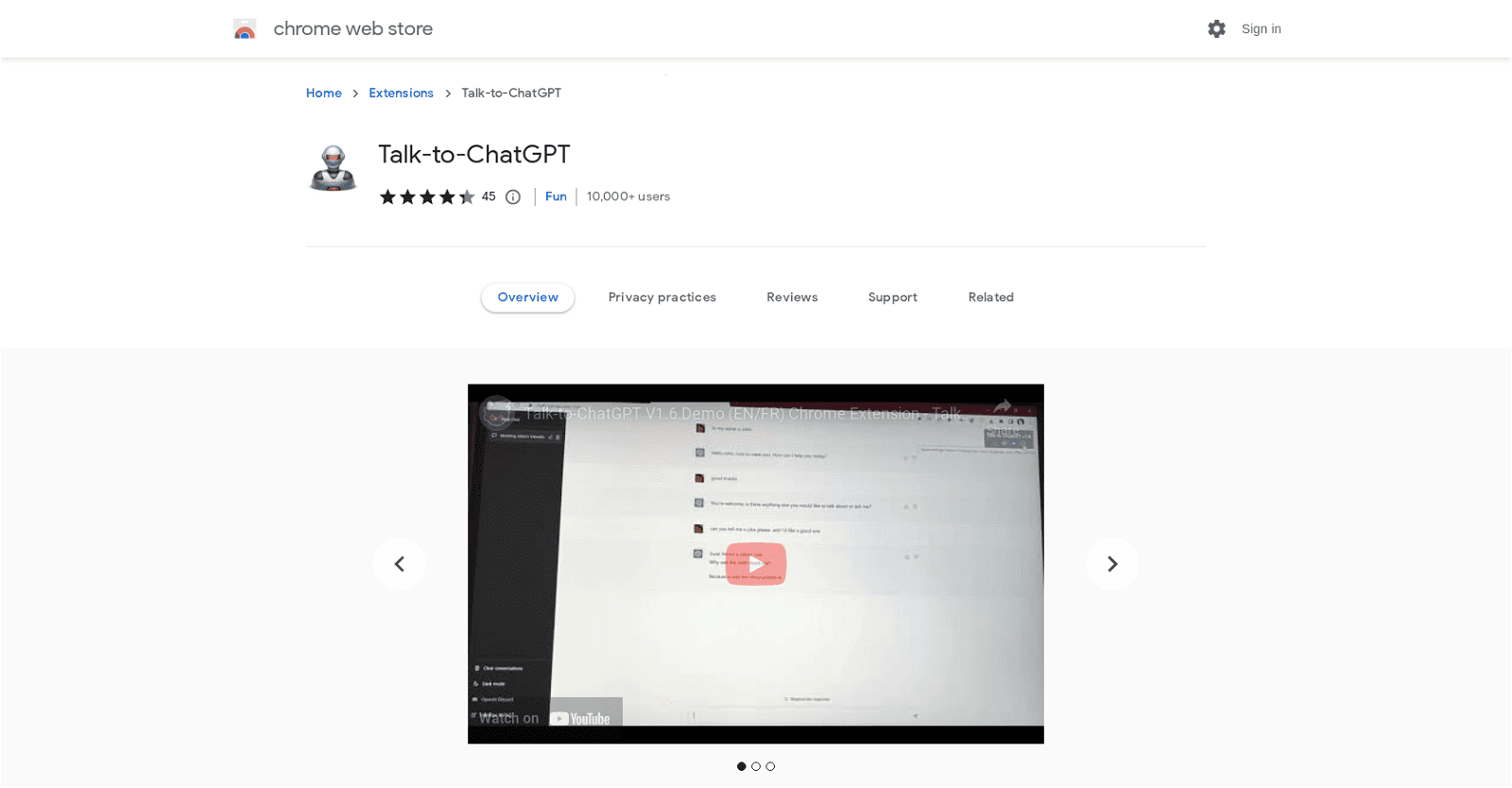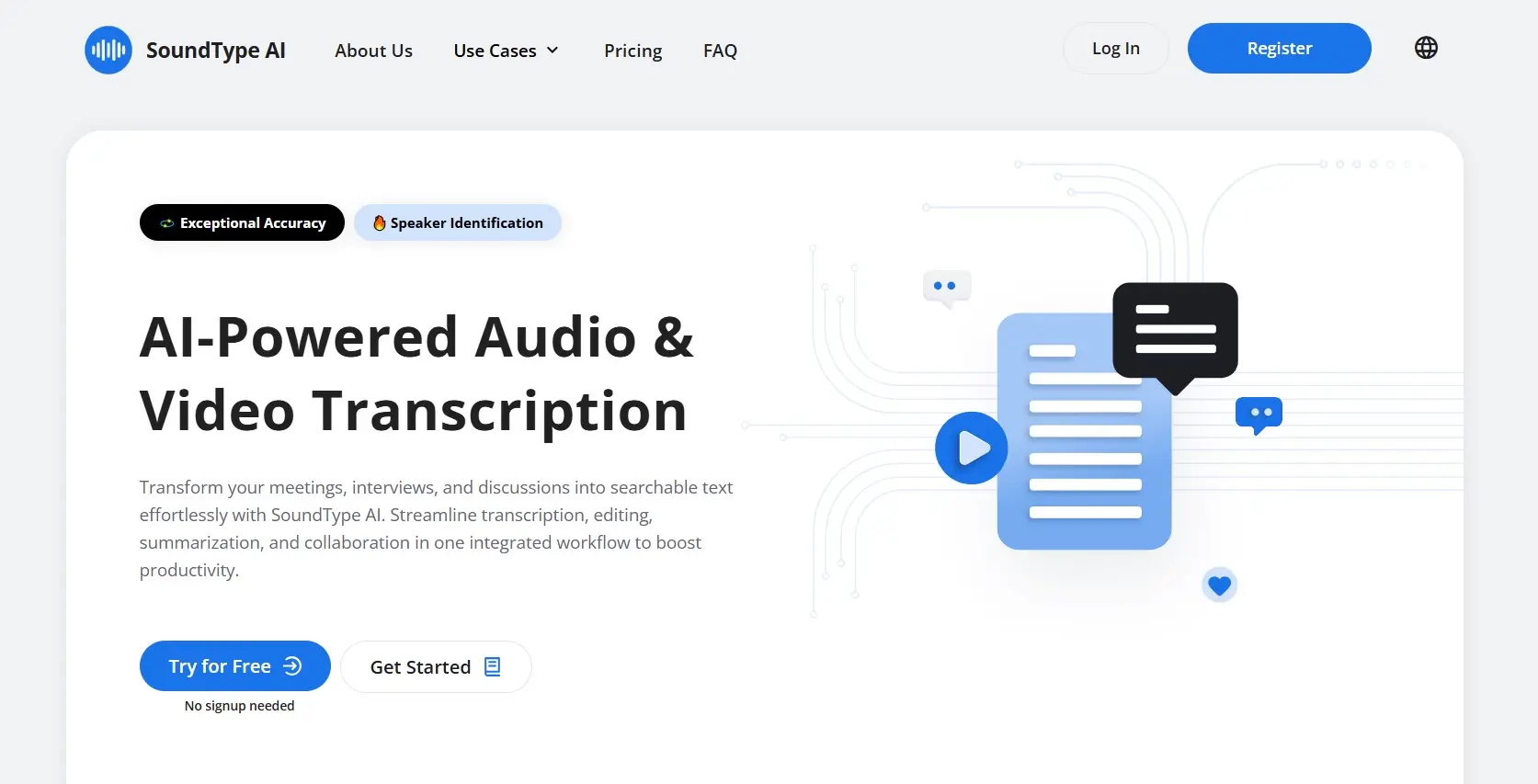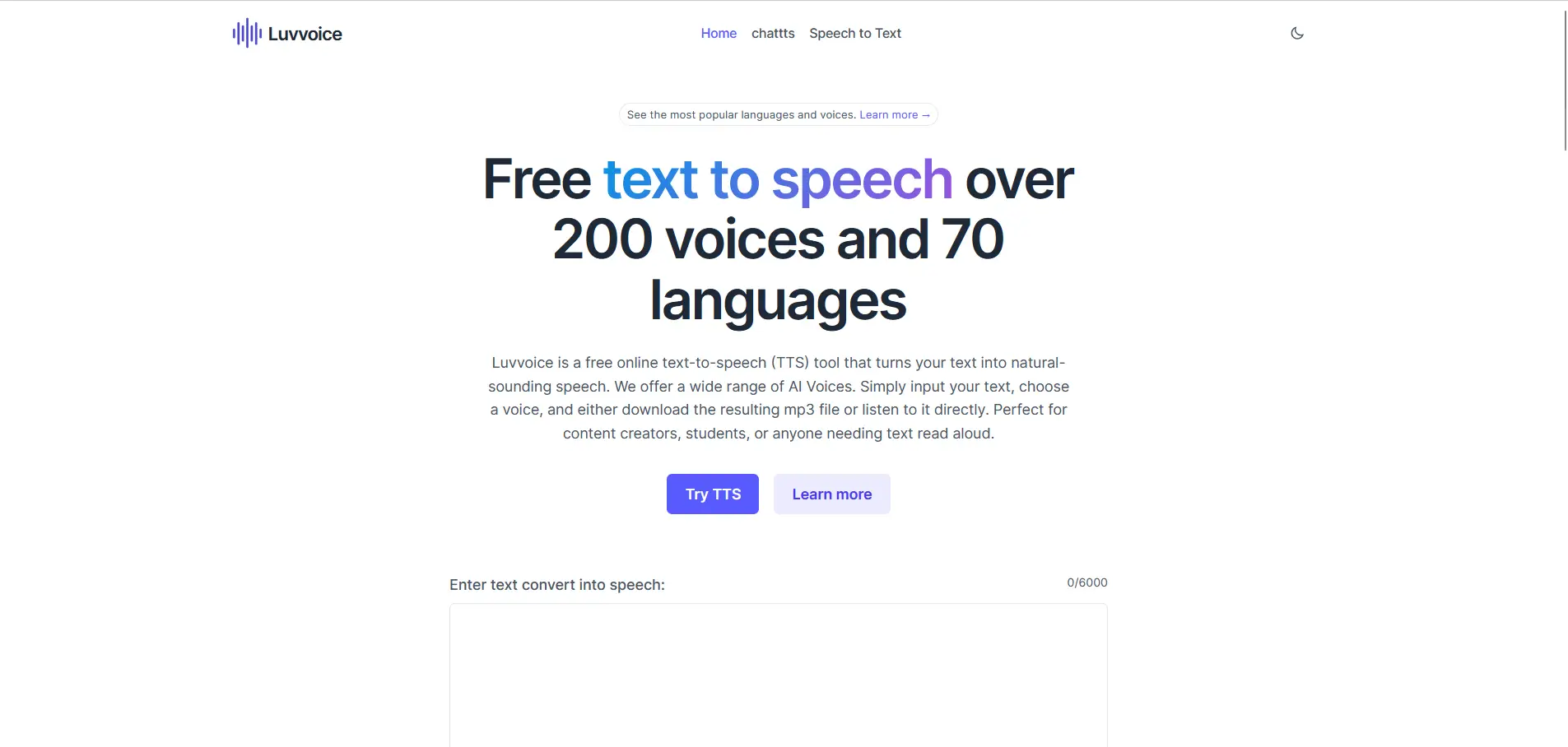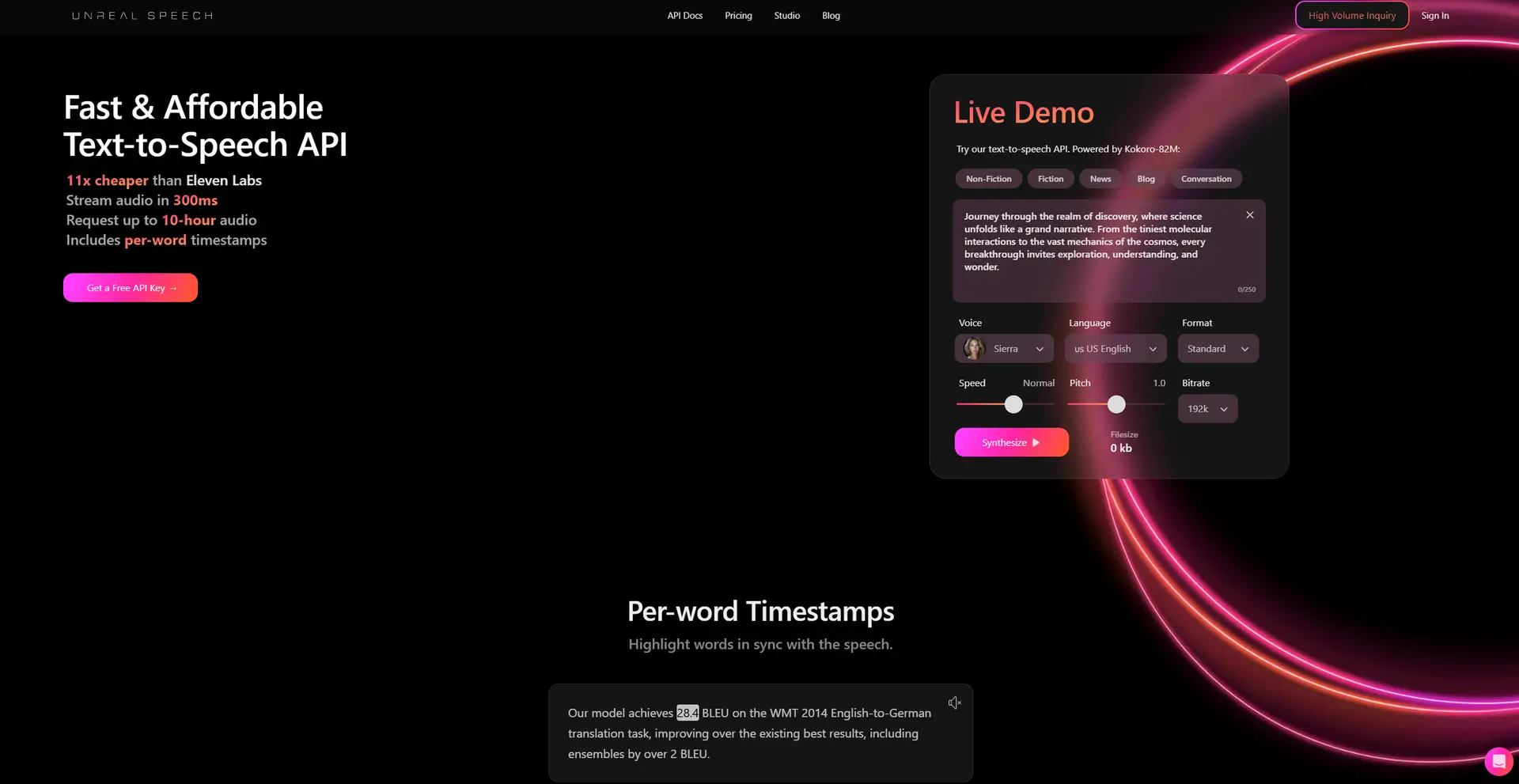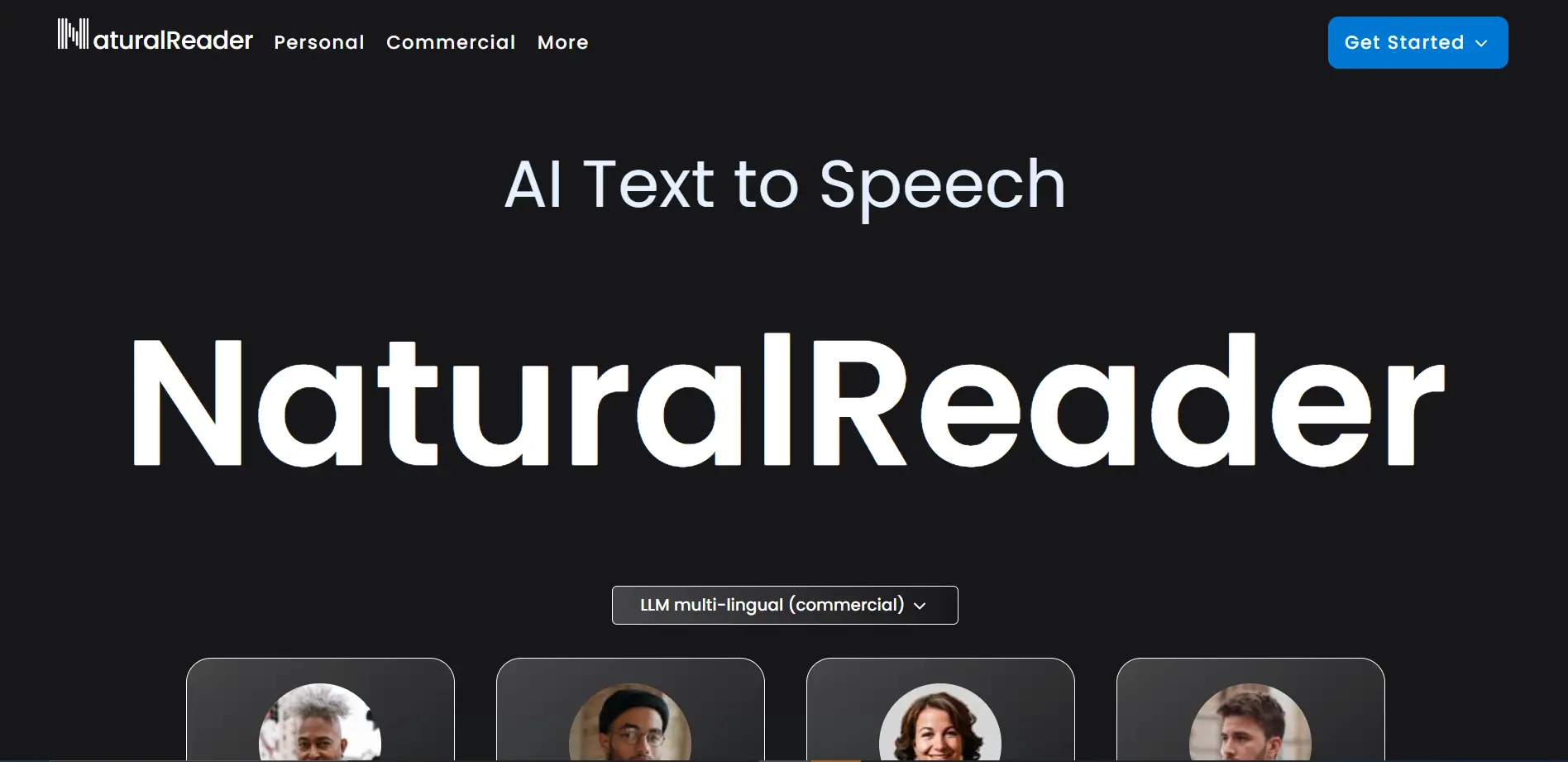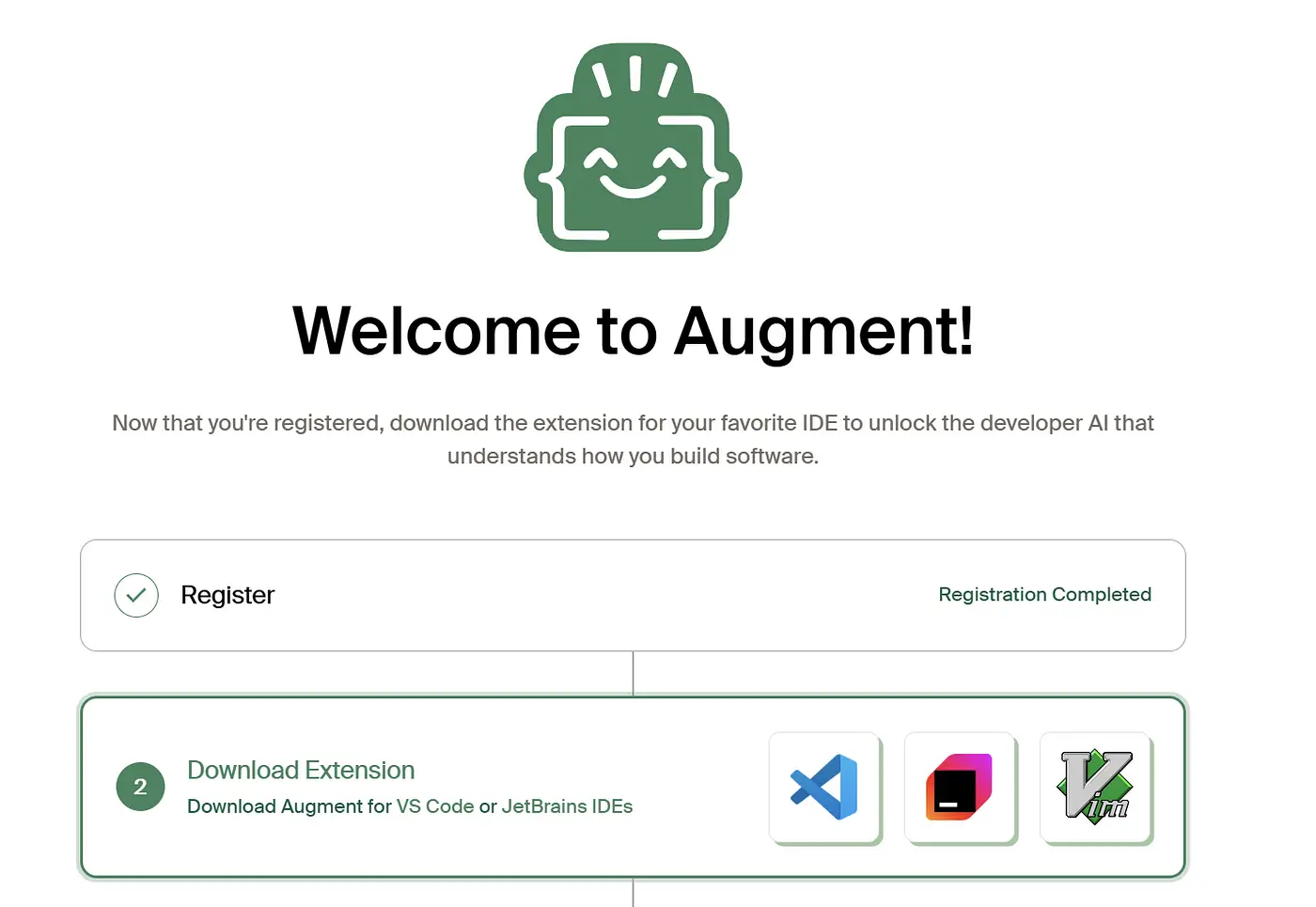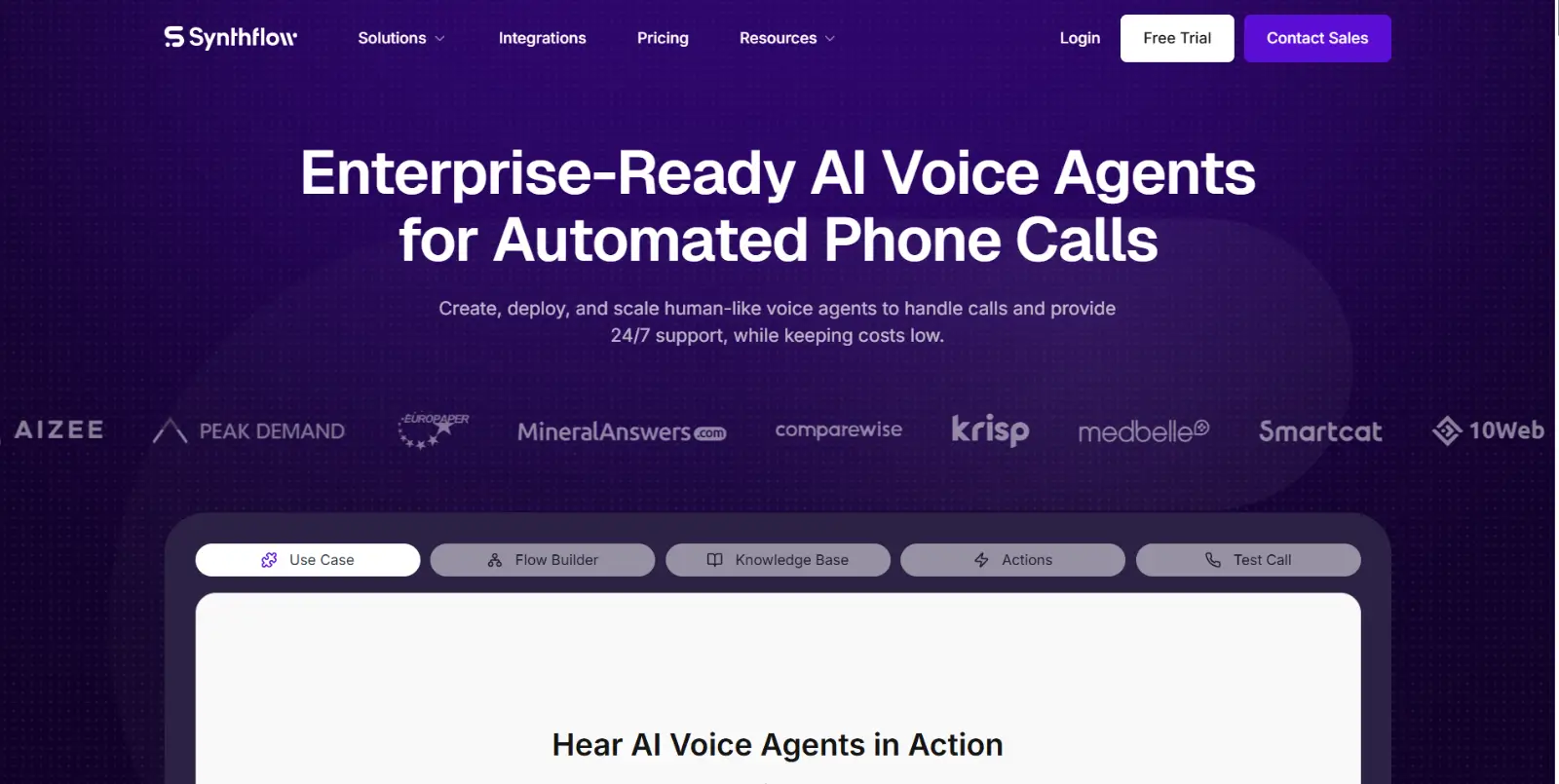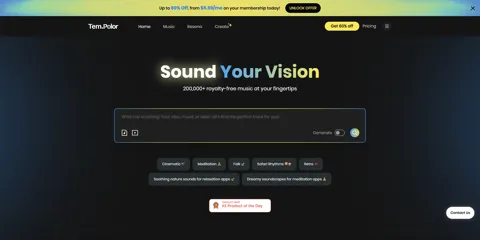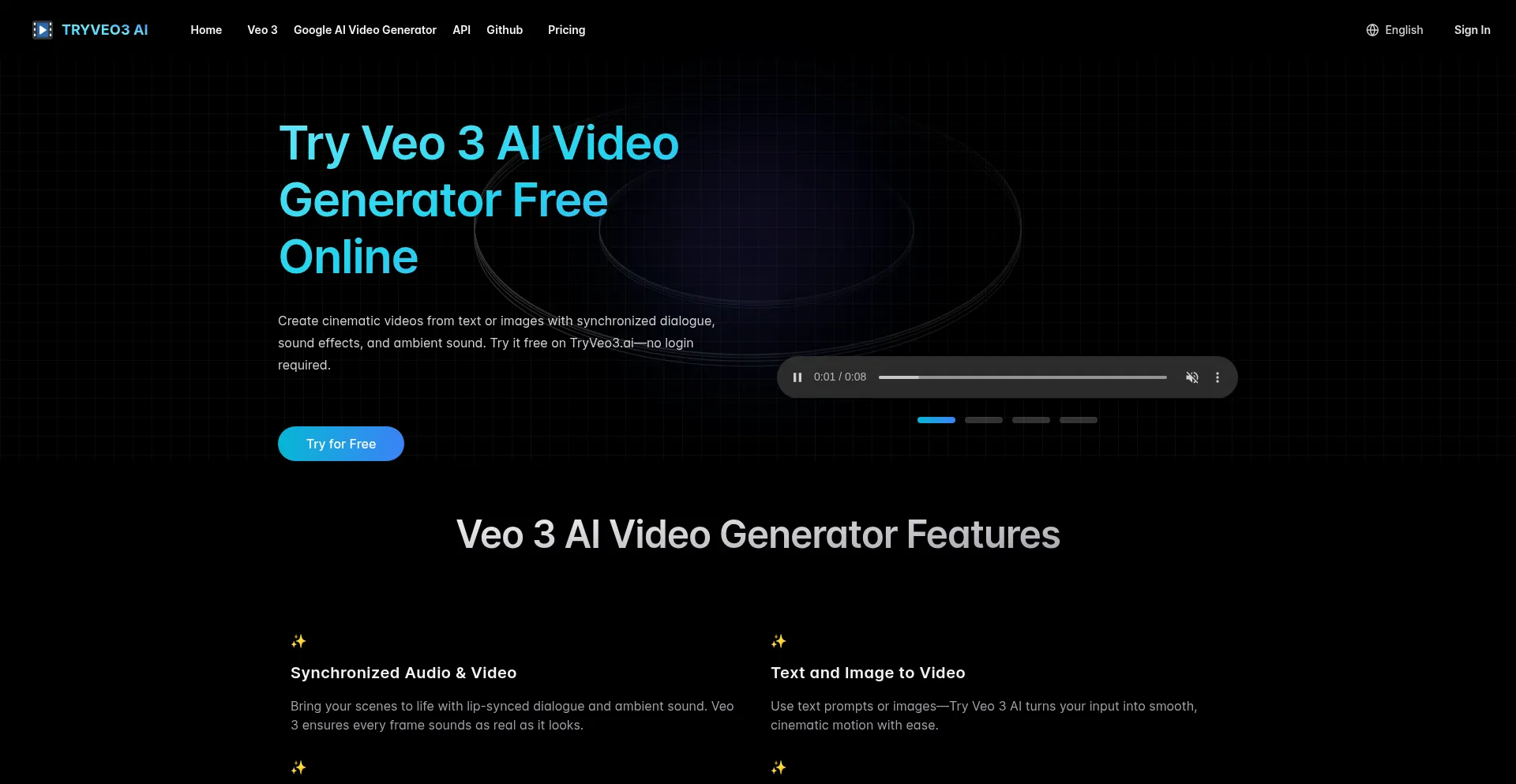Talk-to-ChatGPT is a Chrome extension that utilizes speech recognition and text-to-speech technologies to enable users to interact with the ChatGPT open-source project in a voice conversation. It adds a little box at the top right corner of the user’s screen, where they can toggle voice recognition on and off, change the bot’s voice (text-to-speech), skip the current message, and access the settings menu.
This extension supports all major languages from the Google Chrome API and is completely free of charge and open source. It is designed to add functionality to the default ChatGPT text-only interface and can be used by opening the ChatGPT home page and clicking the START button. The version 1.6.1 update fixes an issue with Chinese language sometimes skipping sentences and the 1.6 update adds a ‘send word’ option to manually send messages when auto-send is disabled.
More details about Talk-to-ChatGPT
Do I need to pay to use Talk-to-ChatGPT?
No, users do not need to pay to use Talk-to-ChatGPT. The extension is completely free of charge.
How can I access the settings menu in Talk-to-ChatGPT?
The settings menu of Talk-to-ChatGPT can be accessed from the top right corner of the user’s screen. The extension adds a small box in this location where users can adjust settings as per their needs.
How can I skip the current message in Talk-to-ChatGPT?
In Talk-to-ChatGPT, the current message can be skipped using the ‘skip’ button available in the box added by the extension at the top right corner of the screen. This allows users to move past a particular message without listening to the full text.
How do I manually send messages in Talk-to-ChatGPT?
In Talk-to-ChatGPT, users can manually send messages by disabling the ‘autosend’ option in the settings. Once ‘autosend’ is turned off, users can employ the ‘send word’ option to dispatch messages.
What is Talk-to-ChatGPT?
Talk-to-ChatGPT is a Chrome extension that enhances the functionality of the ChatGPT open-source project. It allows users to interact with ChatGPT through voice, thanks to integrated speech recognition and text-to-speech technologies.
